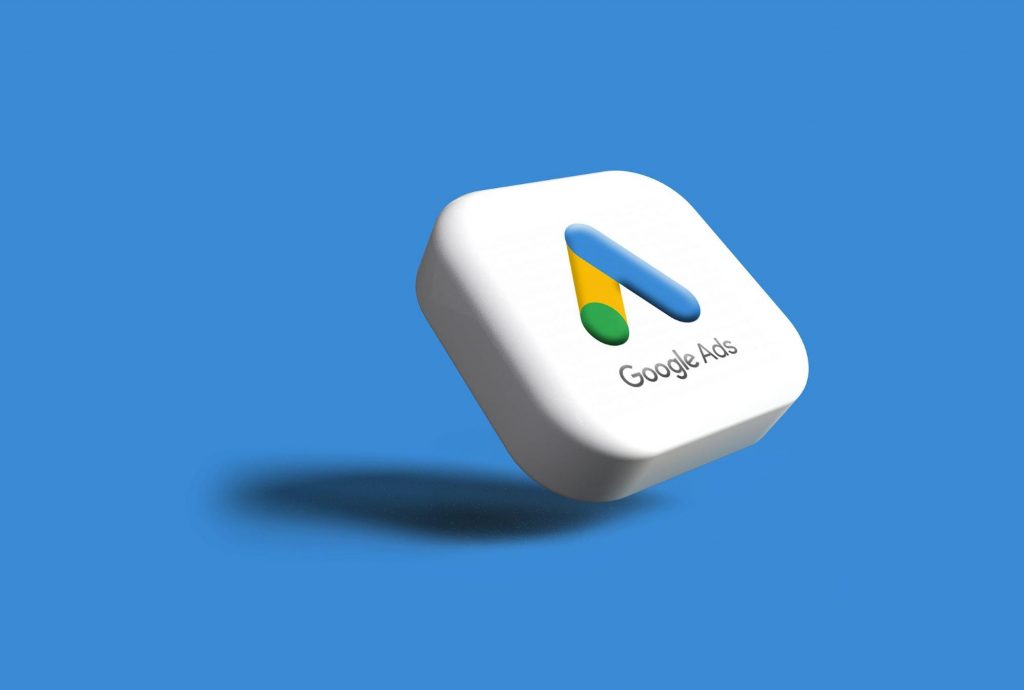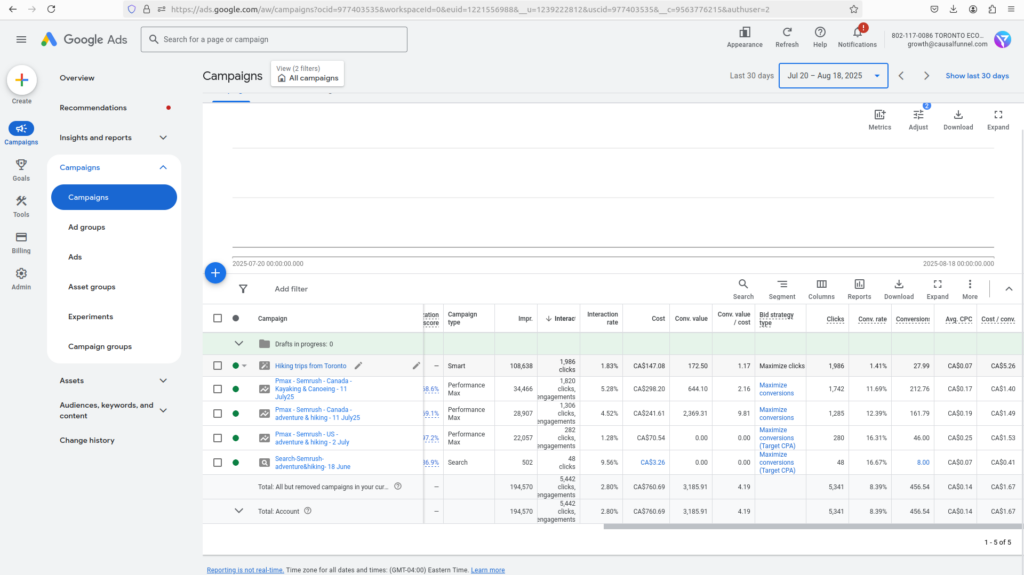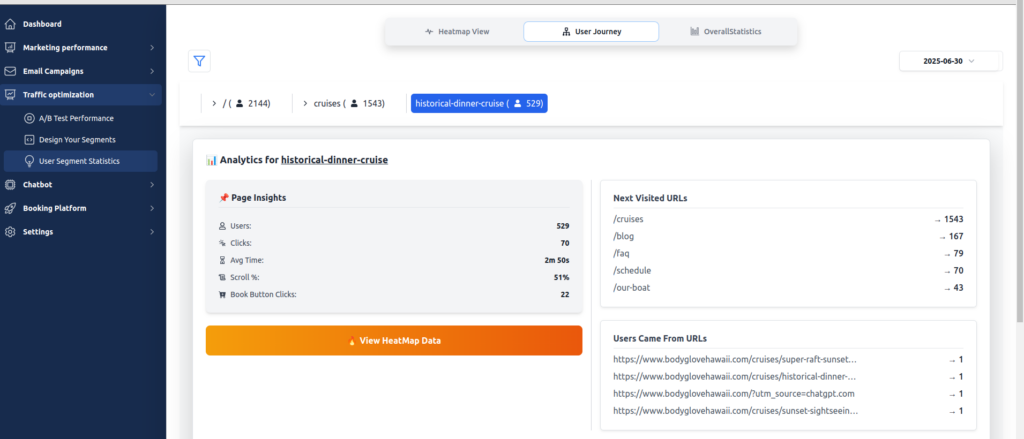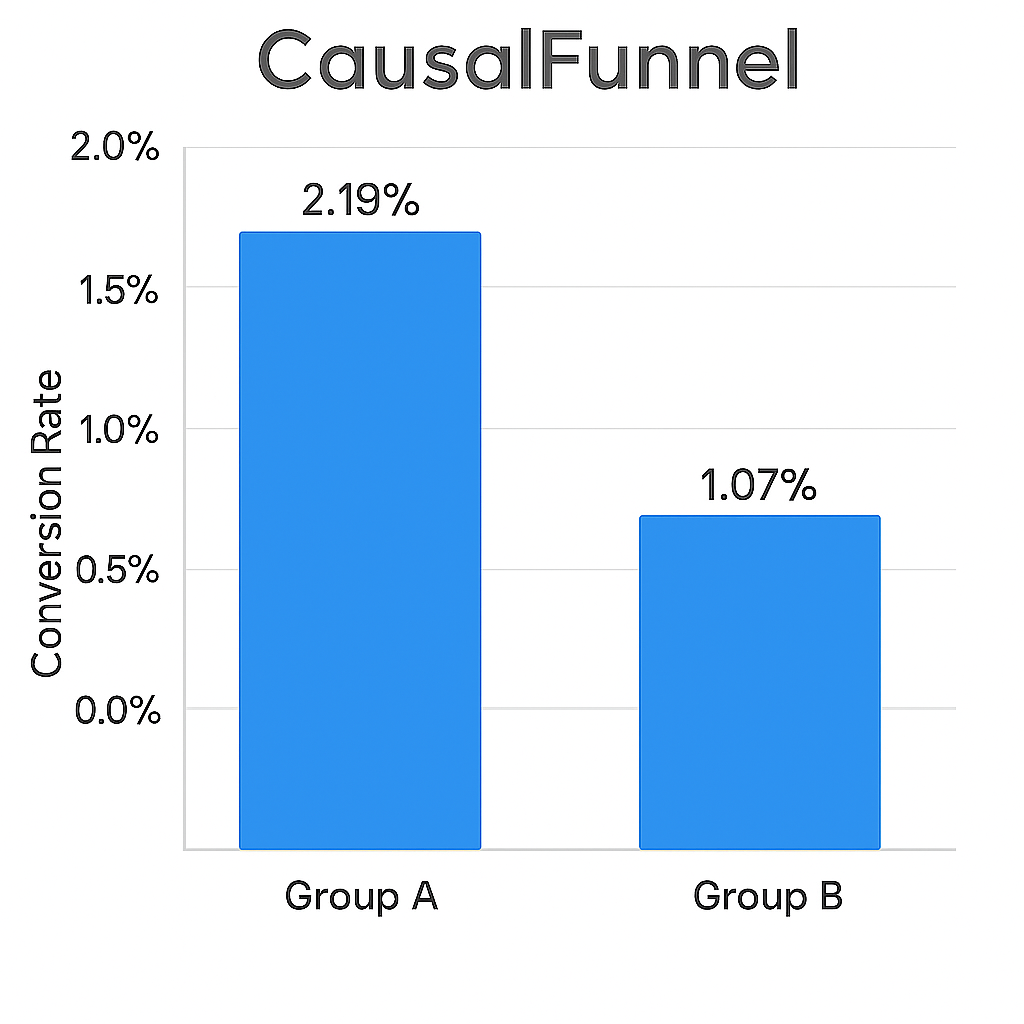Given the competitive market in 2025, traditional methods don’t work anymore and most B2B companies struggle to find qualified leads.
Decision-makers ignore cold emails and avoid sales calls altogether. However, smart companies still generate millions using proven B2B outbound lead generation methods. This guide reveals exactly how they do it by overcoming modern challenges.

Unlike B2C, B2B outbound lead generation targets business decision-makers, not individual consumers. You reach out to companies that might need your products or services.
A good B2B outbound lead generation strategy includes emails and LinkedIn messages to decision-makers, like executives, and targeted ads.
Common B2B outbound channels:
Recent studies show that over 70% of B2B buyers prefer vendor outreach over inbound content. Companies combining multiple outbound channels generate 45% more pipeline than single-channel approaches.
Companies using smart B2B outbound lead generation strategies see incredible results:
Best For: B2B SaaS companies and professional service providers.
Why It Works: Business decision-makers check email throughout their workday regularly. Personalized business emails get 26% higher open rates, with emails offering the highest ROI among digital channels.
Implementation Steps:
Pro Tips:
Best For: Companies targeting high-intent business keywords and competitive markets.
Why It Works: PPC ads appear when prospects actively search for solutions. B2B search ads average 4.2% conversion rates. Intent-based targeting reaches buyers ready to purchase.
Implementation Steps:
Pro Tips:

Ads will only work when you use relevant keywords (or longtail keywords, as applicable) in ad copies. Choose an AI-powered Ads Optimizer that offers features like ads account audit (to identify what’s not working for you), ads copy customization (for better relevance and higher click-through rates or CTR), CRM sync, offline conversion, and more. Altogether, such a tool boosts your return on ad spend (ROAS) significantly.

A Canadian adventure tour operator saw a 4.5 times increase in ROAS using a reliable Ads Optimizer.
Best For: Brand awareness among business professionals and account-based marketing.
Why It Works: Display ads reach 95% of business internet users. B2B display ads increase brand awareness by 70%. Remarketing to business visitors improves conversion rates significantly.
Implementation Steps:
Pro Tips:
Best For: Enterprise software sales and high-value B2B services.
Why It Works: LinkedIn connects you directly with business decision-makers. 78% of B2B salespeople using social selling in B2B outbound lead generation outperform peers. Executives spend average 6 hours weekly on LinkedIn.
Implementation Steps:
Pro Tips:
Best For: Enterprise sales targeting high-value accounts and complex solutions.
Why It Works: ABM generates 208% higher revenue than traditional marketing. Personalized account campaigns improve engagement by 80%. Focused targeting reduces B2B sales cycle length.
Implementation Steps:
Pro Tips:
Best For: Complex B2B sales with multiple stakeholders and touchpoints.
Why It Works: Multi-channel B2B campaigns get 30% higher response rates. Different executives prefer different communication methods. Consistent messaging builds stronger business relationships.
Implementation Steps:
Pro Tips:
Best For: B2B software companies and professional services with long cycles.
Why It Works: Intent data reveals when companies actively research business solutions. Businesses showing buying signals convert 6x better. Perfect timing improves B2B success rates dramatically.
Implementation Steps:
Pro Tips:
Best For: Relationship-building with executives and complex solution explanations.
Why It Works: Business video messages get 10x higher response rates. Personalized videos build executive trust faster than emails. B2B video content gets shared 1500% more.
Implementation Steps:
Pro Tips:
Best For: B2B service companies and complementary business solution providers.
Why It Works: In the right B2B outbound lead generation approach, partnership leads convert 4x better than cold business prospects. B2B referrals have 18% higher lifetime value. Mutual business recommendations build instant credibility.
Implementation Steps:
Pro Tips:

Best For: Industries with regular conferences and news-driven business markets.
Why It Works: Business events create natural conversation starters and urgency. Industry conferences concentrate ideal B2B prospects together. Company news provides relevant outreach opportunities.
Implementation Steps:
Pro Tips:
Create detailed ideal customer profiles (ICPs) using company size, industry, and technology data. Research their business challenges, goals, and decision-making processes.
Document buying committee roles and responsibilities. This foundation determines your entire campaign success rate.
Use multiple B2B data sources to build targeted company lists. Verify contact information and validate decision-maker roles. Score prospects based on fit and buying likelihood. Clean lists monthly to maintain high deliverability rates.
Choose 2-3 channels reaching your B2B prospects most effectively. Consider executive communication preferences and your resource constraints. Plan channel coordination for maximum business impact. Test combinations to find optimal performance mix.
Write messages focusing on business problems, not product features. Personalize based on company research and executive roles. Create scalable templates maintaining personal touch. Test value propositions and calls-to-action systematically.
Start with small test groups before full rollout. A/B test business subject lines, messaging, and timing. Monitor deliverability and engagement metrics closely. Make data-driven adjustments based on performance.
With access to a powerful A/B Test Platform, you can automate most steps to get enough data and even results to identify what works towards higher conversions. Look for tools that offer additional features like customer journey mapping and heatmap analysis.

Customer journey mapping tool
For instance, a comedy bus tour operator from Las Vegas saw as high as 116% increase in clicks by relying on an automated A/B Test Platform and identifying the landing page version that worked best for them.

Create systematic follow-up sequences for different business scenarios. Provide value in each touchpoint without being pushy. Adjust timing based on prospect engagement levels. Have clear next steps for interested businesses.
Monitor metrics across all B2B funnel stages. Identify bottlenecks and improvement opportunities quickly. Document successful tactics for future campaigns. Optimize continuously based on data and feedback.
Send B2B emails Tuesday-Thursday between 9 AM-11 AM for best results. Call decision-makers early morning or mid-afternoon when available. Use prospect time zones for all outreach timing. Test different days for your specific B2B audience.
Use dynamic fields for automatic subject line and greeting personalization. Reference recent company news or executive social media posts. Create message variations for different industries and business roles. Leverage intent data for highly relevant B2B messaging.
Keep initial B2B messages under 100 words for busy executives. Use curiosity-driven subject lines mentioning their business challenges. Include specific results and social proof in messaging. End with clear, low-commitment professional next steps.
Space B2B follow-ups 4-7 days apart for optimal persistence. Change your approach in each touchpoint to maintain interest. Provide different value types including insights, resources, and introductions. Use appropriate urgency without appearing desperate or pushy.
Sending template emails without company-specific customization fails completely. Research each prospect company’s recent news and challenges. Reference specific business details in your outreach attempts. Use personalization beyond just executive names.
Contacting wrong decision-makers wastes time and damages reputation. Research buying committees and identify key stakeholders. Understand who influences and who makes final decisions. Target messages to appropriate business roles only.
Focusing on product features instead of business outcomes reduces responses. Highlight specific ROI and business impact clearly. Use case studies relevant to their industry. Position solutions as business investments, not expenses.
Most B2B salespeople quit after 2-3 touchpoints unsuccessfully. Create systematic follow-up sequences with 8-12 business touchpoints. Vary approach and value in each message. Track which touchpoints generate qualified business responses.
B2B purchases involve multiple stakeholders in decision-making processes. Map buying committee roles and influence levels. Create content for different stakeholder concerns and priorities. Coordinate outreach to multiple decision-makers simultaneously.
Activity Metrics:
Engagement Metrics:
Conversion Metrics:
Revenue Metrics:
Artificial intelligence will personalize B2B messages at unprecedented scale. AI tools will analyze company behavior and optimize timing.
Machine learning will predict best prospects and messaging. Automated personalization will become standard for B2B success.
Account-based approaches will expand beyond marketing to all functions. Sales, marketing, and customer success will coordinate perfectly. Highly targeted campaigns will replace broad outreach completely. Personalization will reach individual stakeholder-level consistently.
Real-time intent signals will trigger immediate outreach automatically. Multiple data sources will combine for a complete prospect view.
Predictive analytics will identify prospects before they research. Timing optimization will become critically important for success.
Stricter regulations will require explicit consent for outreach. First-party data will become more valuable than purchased lists.
Transparency will become essential for building business trust. Cookie-less tracking will change digital advertising approaches completely. Following privacy-first outreach will not only be ethical, but the only way forward.
Successful B2B outbound lead generation requires strategic planning and systematic execution. Start by defining your ICP clearly.
Choose the right channels to reach your prospects most effectively. Create personalized messages focusing on real business problems that also include how you can resolve them.
Start implementing these proven B2B outbound lead generation strategies today and transform your B2B sales results.
Empowering businesses to optimize their conversion funnels with AI-driven insights and automation. Turn traffic into sales with our advanced attribution platform.



